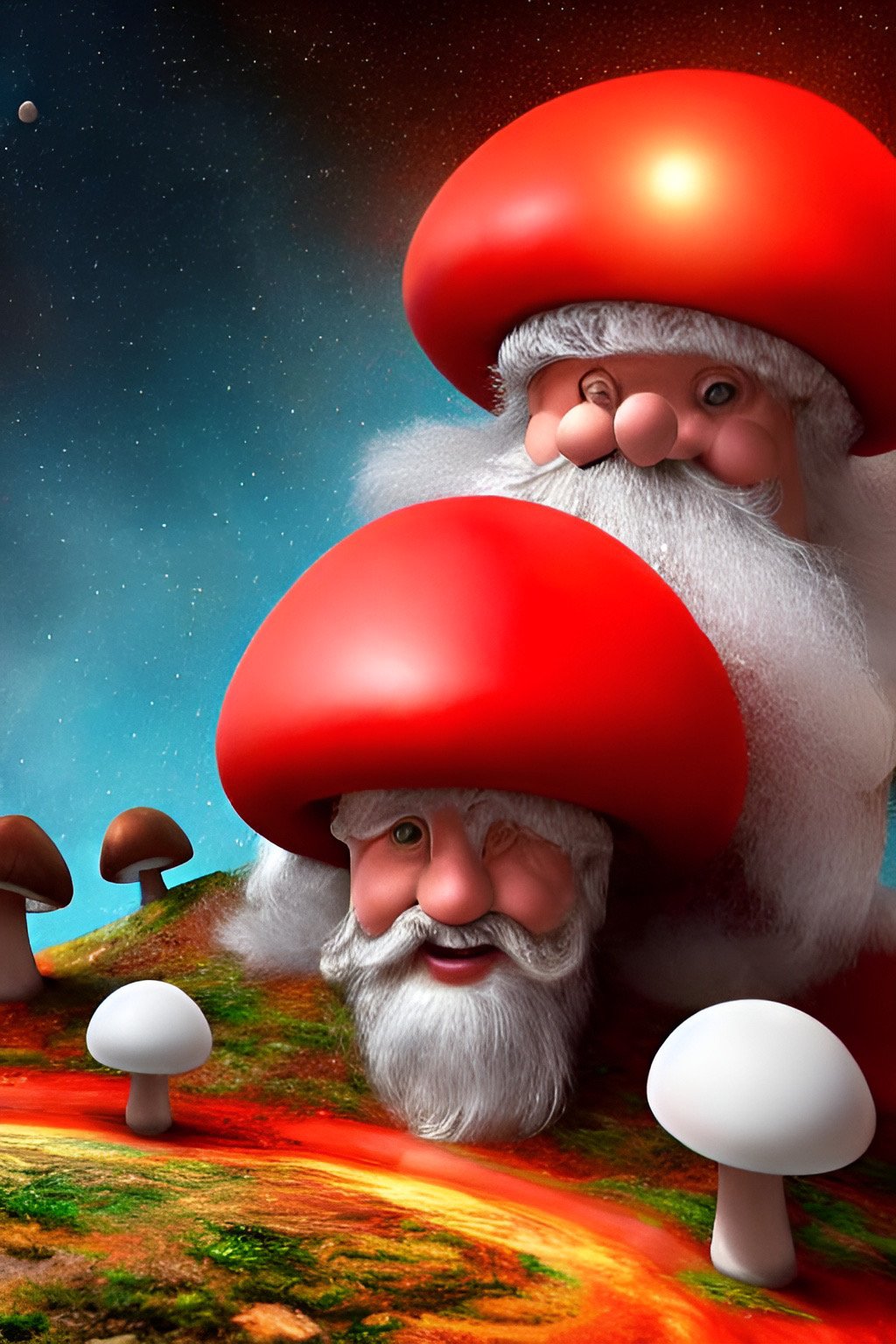AI and Fungi
Since January I have been swallowed up in the mycelium web of artificial intelligence or AI. This new wave of technology has been around for a while, but it has only recently started to grow exponentially, seemingly doubling its knowledge and capacity for image generation, human-like writing and so much more, overnight.
When uploading a photo of a mushroom to iNaturalist these predictive species options come up. Only one of these was correct and their main suggestion, was absolutely incorrect. The fungi I was trying to upload was Clitocybe sclerotoidea.
This is what it looks like on the app when uploading an image in the field. Once again, it gave me wildly wrong comparisons.
When you click on the “I” next to the image, it will tell you a bit more about the fungi.
I have been familiar with the “computer vision” associated with iNaturalist for a few years now. This allows iNaturalist to suggest identifications of a specimen like a leaf, insect or fungi based on similar photos. The problem with these suggestions and identifying fungi is the image recognition will often give false results because the photo looks similar to something else. One of the first rules I tell my students, is don’t trust the computer vision for a positive identification of your fungi. This could lead to potentially harmful consequences, especially if you they are planning on consumption. Eating any mushroom without being 100% positive on the ID is very risky and you should just get rid of it. There is a great old saying, “When in doubt, throw it out”.
Image generated by AI in October 2022, using phrase, “mushroom santa in space”
In October of 2022, I began playing around with AI image generation. It was fun to put in a phrase, pick a filter and watch as this new technology generated images. The thing with these images is they were often warped, the people would have an extra hand, nose, limb, or eye. There was also a lot of controversy about where the data was being pulled from, and as we move into this next era, we will all have to contend with the legality of it. I had artists really excited about this AI and other friends who were absolutely against it. But like all new technology, it will come with its imbedded biases and caution should be used going forward.
I have heard references to Terminator and even The Jetsons and reporters try and flesh out the pros and cons of AI and especially in the last few months over Microsoft’s Chat GPT. In February, I started using Chat GPT as an experiment to see what all the fuss was about. I used earlier beta versions in the summer of 2022, but was not impressed so I forgot about it. When the news started saying how Chat GPT was giving false information, or even harmful information, I got curious about it again. When I started using it again, there had been filters or blocks put on Chat GPT to limit the responses it would give you.
As an experiment, my team at work was playing around with it at one of our meetings. We asked it to write an essay on our team as if we were the heroes in a fantasy novel. It wrote a sci-fi story and ended with all of us gaining something positive. Story after story we asked it to generate, all came back positive. The filter or parameters that Microsoft had used to limit it, now would not say anything negative. So we asked it about some treatments to medical issues, and it would not give us those answers either. So for the Chat GPT version 3.5, it seemed like this tool would be useful to start drafts of emails, essays or short stories.
In late February, I decided to see what Chat GPT 3.5 would say about mushroom identification. This made me curious because until now, as a pretty good mushroom identifier, I was still not able to identify everything out there, and neither could iNaturalist or even Google reverse image search, much less a standard search for the mushroom name and a consensus on what that fungi was even called. Kingdom fungi is in a total overhaul and until us humans name the fungi we are DNA sequencing with some accuracy, there will not be a good database where AI can mine correct data from. And as I discussed above, that accuracy is absolutely crucial when it comes to making sure something is edible.
I asked Chat GPT 3.5 to write a complete essay on Tapinella atrotomentosa:
This essay generation of the T. atrotomentosa was misleading, with no disclaimers not to consume this fungi or its potential toxic qualities. There was no mention of its chemical reactions, spore and microscopic descriptions or even DNA analysis. The description is not exactly accurate and is missing some information as well. This fungi is one of the most impressive dying mushrooms for natural dyers, and there was also no mention of alternative uses.
So I asked Chat GPT to generate another example:
This second chat generation with me asking for more specifics on T. atrotomentosa actually made the response even worse. At least this time there was mention of the toxicity and gastrointestinal distress, but the rest of it was not quite right. If I didn’t know anything about this fungi, or had not studied it, I may have believed some of these descriptions, which are just plain wrong. T. atrotomentosa, is not a pored fungi, it is not funnel shaped, it does not grow with deciduous trees, the stipe does not contort as it grows, it does not produce a deep brown dye, it does not turn blue-green when exposed to ammonia, and it does not cause a blue-staining reaction on human skin, it is not known as the “dyers polypore”, just to name a few.
This was enough for me to realize that Chat GPT would not be useful in identifying fungi. Even descriptions of fungi would not be useful with this version of Chat GPT. Microsoft should do some serious parameters or refinement of where its products are gathering data from. This misinformation could harm people if they only trust this source.
Moving on, I wanted to see what Chat GPT would list if I asked it to “list 10 pored fungi epithets”:
All of these fungi are pored and it did list ten. These species are not concentrated in one region and are found in various places all over the world. This definitely gave me a broad list of ten fungi. The part that concerns me are the claims to edibility without any caution or reference to the potential toxicity.
Next, I wanted to see how higher taxonomic levels would be handled. So I asked Chat GPT to list 10 examples of orders of fungi. What we are looking for is anything in Kingdom Fungi, below phylum, and class. The Orders are denoted by the suffex “-ales”. So the first example of Agaricales is an order of Fungi under the phylum Basidiomycota. Those next two entries, Ascomycota and Basidiomycota are Phyla or two+ levels above Orders in the taxonomic rank. This makes a difference for those studying fungi and classifying it correctly.
GPT 4 was just released a couple weeks ago. This newer version of GPT is now offered to paid subscribers and has integrated features like photo recognition and generating more human-like writing in more languages. I have not had a chance to use GPT 4, but the same concerns of hate speech, bias and privacy are being swirled around in the news. I imagine some of the same issues are happening with fungi identification with GPT 4 as other technology.
As AI becomes more popular it will change all aspects of our life with technology. It will be interesting to see where this new technology with exponential problems and solutions will take us. As the field of mycology grows and the classification of this beautiful kingdom gets worked out, AI will then begin to generate better ID responses. Until then, it is still up to the researchers and community scientists to bring some order to this mess we have right now.










